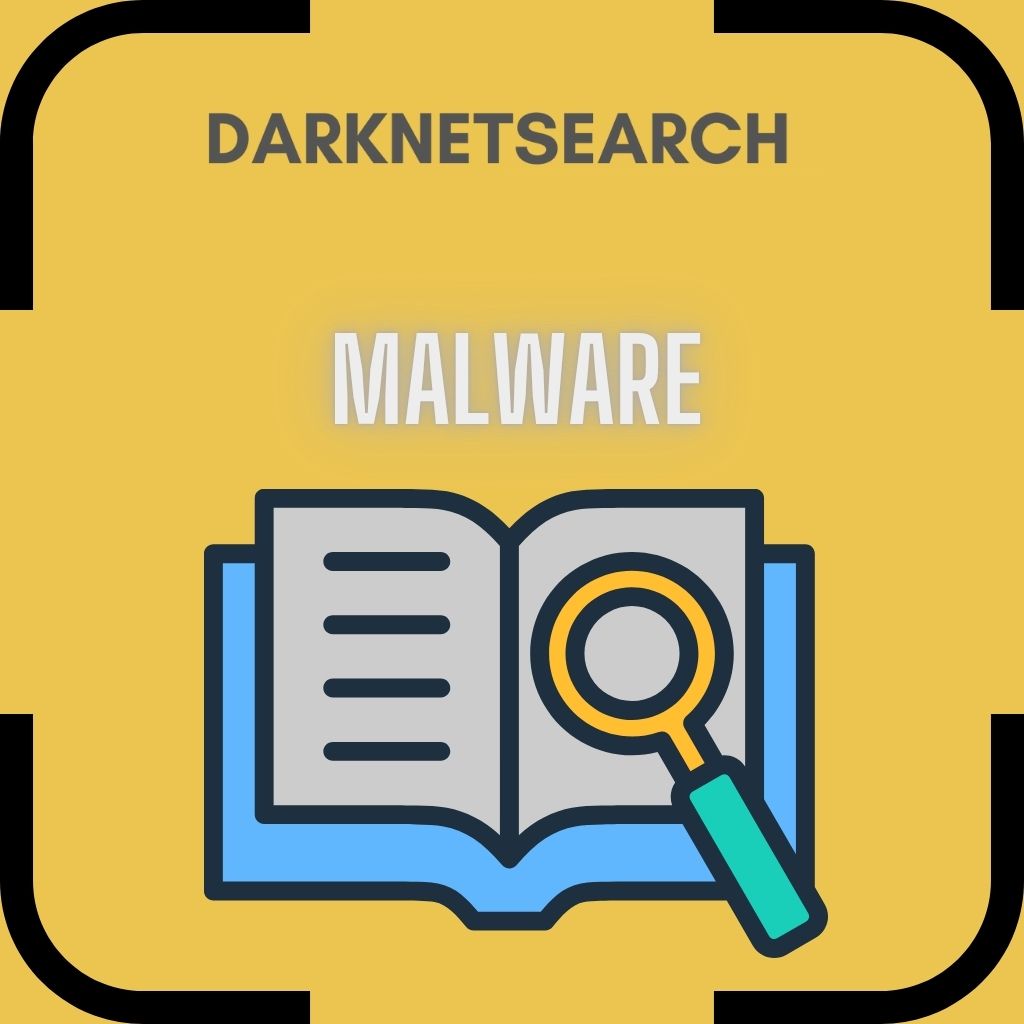Malware

➤Summary
What is a malware?
Malware is a term that refers to malicious software designed to infiltrate, damage, or exploit computer systems and networks. The word comes from the combination of “malicious” and “software.” Malware includes viruses, worms, trojans, ransomware, spyware, adware, and other harmful code that compromises device functionality and security.
The main purpose of malware is to gain unauthorized access to sensitive data, disrupt operations, or extort users. In today’s digital landscape, malware attacks have become increasingly sophisticated and widespread. Businesses, governments, and individuals are all potential targets. 🚨
Understanding malware is key to protecting against modern cyber threats and building a strong security strategy.
How Malware Works
Malware is typically delivered through deceptive methods, such as:
- Phishing emails with infected attachments or links
- Malicious ads or compromised websites (malvertising)
- USB devices or external drives
- Software downloads from untrusted sources
-
Vulnerabilities in outdated systems or applications
Once installed, malware can perform various actions depending on its type, from encrypting files to stealing credentials or hijacking devices. 🚀
Main Types of Malware
Understanding the different types of malware helps in identifying and mitigating threats. Below are the most common types:
Virus
Self-replicating programs that attach to legitimate files. When the file is opened, the virus activates, often causing damage or spreading to other systems.
Worm
Malware that spreads automatically without user interaction. Worms can infect entire networks, consuming bandwidth and system resources.
Trojan Horse
Disguised as legitimate software, trojans trick users into installing them. Once inside, they create backdoors or install other malware.
Ransomware
Encrypts data and demands a ransom for its release. Some ransomware also leaks data if payment isn’t made. 💸
Spyware
Secretly monitors user activity, collects keystrokes, screenshots, and browsing history. Used for surveillance or credential theft.
Adware
Displays intrusive ads and can redirect browser activity. Although less harmful, adware affects usability and privacy.
Rootkits
Provide attackers with administrator-level access to infected systems. They hide their presence to avoid detection.
Real-Life Malware Examples
WannaCry (2017)
Exploited a Windows vulnerability and caused global disruption. Affected healthcare systems, banks, and government agencies.
Emotet
Initially a banking trojan, evolved into a malware delivery platform. Used in large-scale phishing campaigns. 🔎
Pegasus
Advanced spyware used to target journalists, politicians, and activists. Capable of extracting calls, messages, and app data.
TrickBot
A modular trojan that steals credentials and delivers ransomware. Frequently updated by cybercrime groups.
Key Malware Symptoms
How can you tell if you have malware?
- Sluggish system performance
- Frequent crashes or errors
- Unauthorized pop-ups or software installations
- Disabled antivirus protection
- Suspicious network activity or data spikes
🤔 Question: Have you noticed sudden slowdowns or programs opening by themselves? It could be malware.
Malware in the Dark Web Ecosystem
Cybercriminals trade and develop malware tools in dark web forums and marketplaces. Malware-as-a-Service (MaaS) is a growing trend, allowing non-technical users to launch attacks.
With platforms like DarknetSearch, security teams can monitor malware mentions, leaks, and campaigns in hidden channels to gain early warning of threats.
How to Protect Against Malware
🔧 Best practices for malware protection:
- Keep operating systems and software updated
- Use reputable antivirus/anti-malware tools
- Don’t click suspicious links or download from unverified sources
- Enable email filters and attachment scanning
- Use strong, unique passwords and 2FA
- Regularly back up critical data offline and in the cloud
📆 Pro tip: Schedule monthly malware scans to detect hidden threats early.
Malware in Businesses and Enterprises
For organizations, malware can disrupt operations, steal intellectual property, and damage reputations. Common entry points include:
- Unpatched vulnerabilities
- Phishing emails targeting employees
- Compromised third-party software
MSSPs and SOC teams use threat intelligence platforms to detect malware-related leaks, credential dumps, and domain spoofing before attackers strike.
Checklist for Malware Prevention
📌 Practical malware security checklist:
- ☑️ Keep firewalls and IDS/IPS active
- ☑️ Deploy endpoint detection and response (EDR)
- ☑️ Educate staff on phishing and malware tactics
- ☑️ Monitor for suspicious file behavior
- ☑️ Isolate infected systems immediately
- ☑️ Review logs and traffic for anomalies
Legal and Compliance Aspects
Malware incidents may require regulatory disclosure. For example:
- GDPR: If personal data is accessed or compromised
- HIPAA: Healthcare breaches involving PHI
- SOX: For publicly traded companies
Ensure your incident response plan includes legal notification procedures.
Conclusion
Malware is a constant and evolving cyber threat that can cause severe financial and operational damage. By understanding what malware is, how it works, and how to defend against it, you can greatly reduce your exposure.
🔒 Discover much more in our complete threat detection guide.
🚀 Request a demo NOW at DarknetSearch.com to uncover malware leaks, stealer logs, and compromised credentials before they become a breach.
Your data might already be exposed. Most companies find out too late. Let ’s change that. Trusted by 100+ security teams.
🚀Ask for a demo NOW →Q: What is dark web monitoring?
A: Dark web monitoring is the process of tracking your organization’s data on hidden networks to detect leaked or stolen information such as passwords, credentials, or sensitive files shared by cybercriminals.
Q: How does dark web monitoring work?
A: Dark web monitoring works by scanning hidden sites and forums in real time to detect mentions of your data, credentials, or company information before cybercriminals can exploit them.
Q: Why use dark web monitoring?
A: Because it alerts you early when your data appears on the dark web, helping prevent breaches, fraud, and reputational damage before they escalate.
Q: Who needs dark web monitoring services?
A: MSSP and any organization that handles sensitive data, valuable assets, or customer information from small businesses to large enterprises benefits from dark web monitoring.
Q: What does it mean if your information is on the dark web?
A: It means your personal or company data has been exposed or stolen and could be used for fraud, identity theft, or unauthorized access immediate action is needed to protect yourselfsssss.
